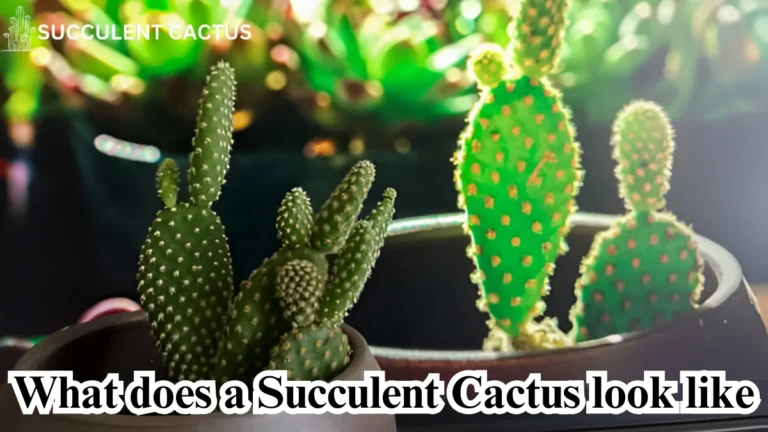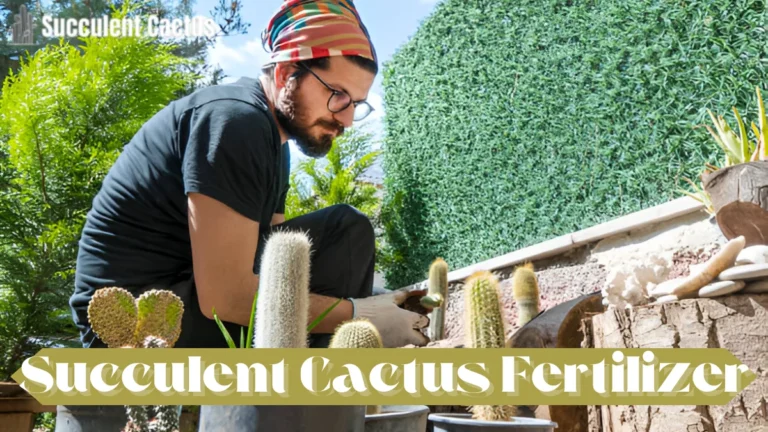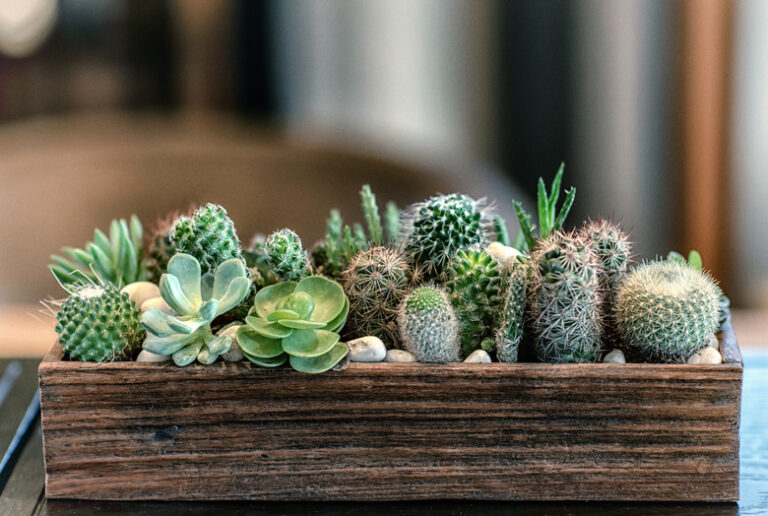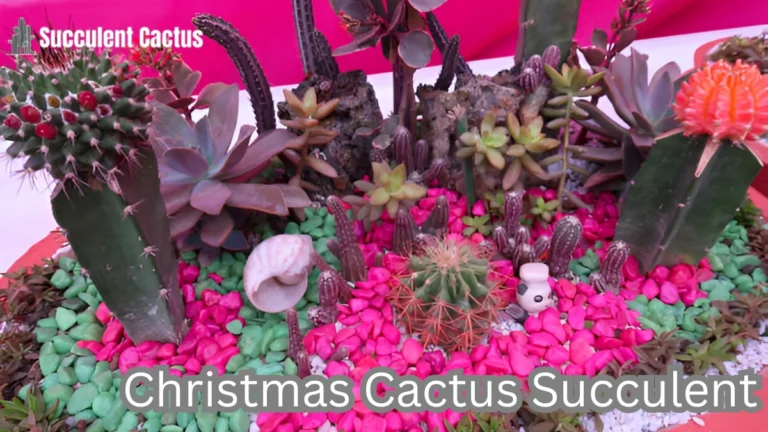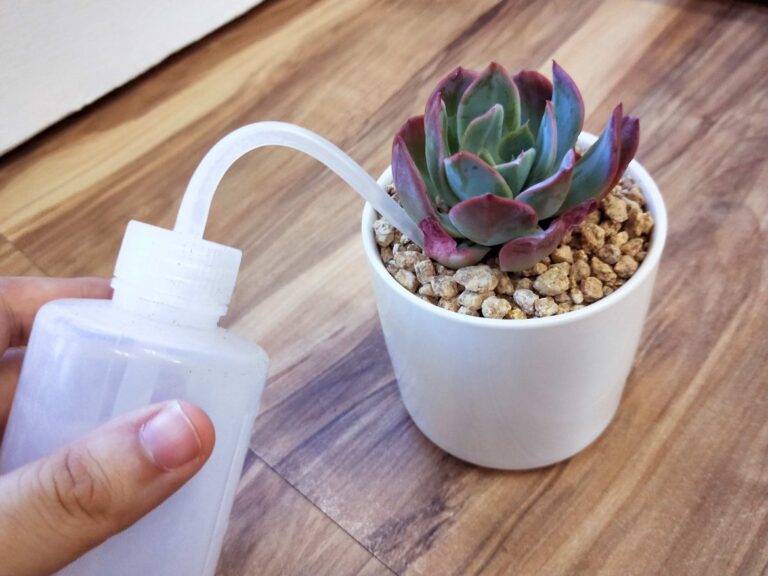Transform Your Garden with Beautiful Yard Cactus
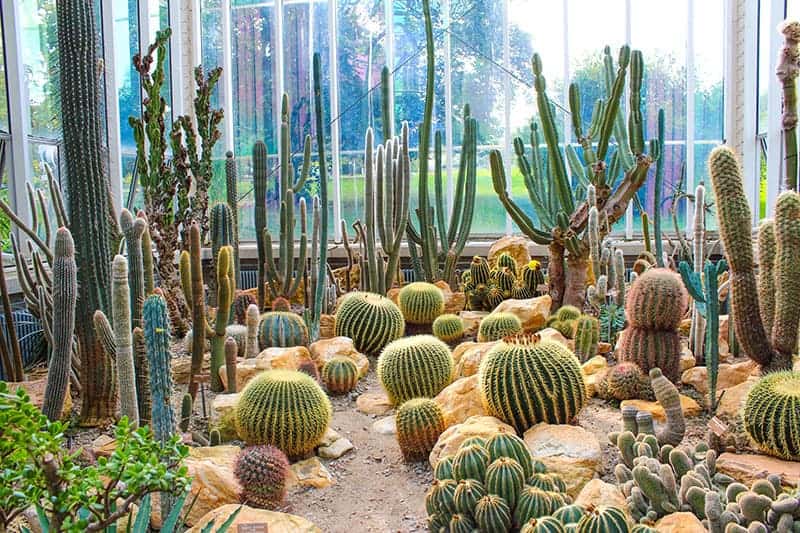
Cacti are becoming a popular landscaping choice for homeowners who want to add a bold, unique touch to their gardens. Their striking shapes, minimal water requirements, and low-maintenance nature make them a perfect addition to both small and large outdoor spaces. Whether you’re looking to create a desert-inspired garden or add a touch of architectural beauty to your yard cactus, yard cacti are the perfect solution. This article will guide you on how to transform your garden with beautiful yard cacti, offering tips on choosing the right cacti, planting them, and maintaining a stunning cactus garden year-round.
Why Choose Yard Cactus for Your Garden?
Cacti are incredibly versatile plants that suit a variety of garden styles, from traditional rock gardens to modern, minimalist landscapes. There are many reasons to consider incorporating cacti into your yard cactus design:
Unique Aesthetic Appeal
Cacti are visually striking with their sculptural shapes, vibrant colors, and distinctive textures. Whether you’re planting a single large cactus or creating a mixed landscape with multiple smaller varieties, cacti provide a bold statement. Their spiny surfaces and dramatic forms stand out in any garden, adding character and a touch of the exotic. Cacti bloom with colorful flowers, which further enhance their appeal, adding seasonal interest to your garden.
Low Maintenance and Resilience
One of the biggest advantages of yard cactus is their low-maintenance nature. These plants are naturally suited to dry, arid environments, making them ideal for gardeners looking for plants that require little care. Cacti need very little watering once established, making them perfect for homeowners who want to conserve water or live in drought-prone areas. Additionally, cacti are resistant to pests and diseases, reducing the need for pesticides or constant attention.
Drought Tolerance
Yard cactus thrive in dry conditions, storing water in their thick, fleshy stems. As climate change and water conservation efforts become more pressing, cacti are an excellent choice for those looking to create an eco-friendly, low-water garden. These plants are perfect for areas that experience drought or those who want to minimize their garden’s water usage.
Versatility in Landscaping
Cacti are incredibly versatile and can be used in various landscaping styles. From a desert-inspired garden with towering cacti to a minimalist design featuring smaller varieties in containers, there’s a yard cactus for every type of garden. Whether you want to create a focal point, an accent, or ground cover, there are numerous cactus varieties that will suit your needs.
How to Choose the Right Yard Cactus for Your Garden
Choosing the right cactus species is crucial for achieving the look and functionality you want in your garden. Some cacti are better suited for larger yards, while others are ideal for small spaces or containers. Here are a few types of cacti that work well in different garden designs:
Columnar Cacti
Columnar cacti, such as the iconic Saguaro cactus, are tall, upright cacti that make a dramatic statement in your yard. These cacti can grow to impressive heights and add grandeur to large garden spaces. They are ideal for creating a desert or southwestern-themed garden. Columnar cacti require full sun and well-draining soil, and their slow growth rate means that you won’t need to worry about frequent repotting or pruning.
Barrel Cacti
Barrel cacti are smaller and more compact than columnar species, making them a perfect option for smaller yards or container gardens. Their round, stout shape gives them an interesting, sculptural appearance. Barrel cacti often produce beautiful yellow or orange flowers, which bloom in the spring and summer. These cacti do well in sunny locations with well-drained soil and require minimal care once established.
Prickly Pear Cactus
Prickly Pear cacti are among the most widely recognized varieties and come in various sizes and colors. They feature flat, paddle-like pads and are available in shades of green, red, and even purple. Many Prickly Pears produce colorful flowers and edible fruits, making them a practical and beautiful addition to any garden. These cacti are particularly well-suited to sunny, dry areas and are perfect for creating a vibrant cactus garden.
Organ Pipe Cactus
Organ Pipe cacti are a stunning choice for large yards or open garden spaces. These cacti feature multiple, slender stems that grow upright and give the appearance of organ pipes, hence the name. Organ Pipe cacti are great for creating a striking visual effect and work well in desert-inspired landscapes. Like other cacti, they require full sun and well-drained soil to thrive.
Fishhook Cactus
Fishhook cacti are small, low-growing plants with distinctive hook-like spines. They are great for adding texture and interest to rock gardens, containers, or the edges of a cactus garden. Fishhook cacti are easy to maintain, thrive in well-drained soil, and require minimal watering once established.
Preparing Your Garden for Yard Cactus
Before planting your yard cactus, it’s important to properly prepare your garden to ensure that the plants have the best possible growing conditions. Here are a few steps to help you get started:
Choosing the Right Location
Cacti are sun-loving plants that require at least six to eight hours of direct sunlight each day. Be sure to plant your cacti in a location where they will receive this amount of sunlight, preferably in the middle of the yard where they are less likely to be shaded by trees or structures. Choose a location with well-drained soil, as cacti do not tolerate soggy or waterlogged soil.
Improving Soil Drainage
Cacti are susceptible to root rot if they sit in soil that does not drain properly. If your soil is dense or clay-like, amend it with sand, perlite, or gravel to improve its drainage. This is especially important if you live in an area with heavy rainfall or if you’re planting your cacti in containers. Be sure to plant your cacti in raised beds or mounds if necessary to keep them elevated above the water level.
Adding Organic Matter
While cacti don’t require rich, fertile soil, they will benefit from a small amount of organic matter. Consider adding compost or organic matter to the planting area to help improve soil structure. However, avoid over-fertilizing, as cacti prefer lean, nutrient-poor soil.
Planting Yard Cactus: A Step-by-Step Guide
Now that your garden is prepared, it’s time to plant your yard cactus. Here’s a simple guide to ensure your cacti get off to a healthy start:
Timing Is Key
The best time to plant yard cactus is in the spring or early summer when the soil is warm, and the risk of frost has passed. Planting during this time gives your cacti the entire growing season to establish their roots before the cooler months.
Digging the Hole
Dig a hole that is about twice the size of the cactus’s root ball. This ensures that the roots have ample space to grow and establish themselves. For larger cacti, you may need to dig even deeper to accommodate their size.
Handling with Care
Cacti have sharp spines, so it’s important to handle them carefully. Wear gloves or use tongs to protect your hands from injury. If planting large cacti, use a towel or piece of fabric to gently lift the plant into the hole. Once in the hole, ensure that the cactus is planted at the same depth as it was in its container.
Caring for Yard Cactus
Cacti are relatively low-maintenance, but they still need some care to thrive. Here are a few tips to help your cacti flourish:
Watering
Cacti are drought-tolerant plants, so they don’t require frequent watering. Water your cacti sparingly and only when the soil has completely dried out. In the growing season, cacti typically need watering every two to three weeks, while in winter, you can reduce watering significantly. Be sure not to overwater, as this can lead to root rot.
Fertilization
Cacti don’t require a lot of fertilizer. Apply a balanced, low-nitrogen fertilizer once or twice a year, preferably in the spring. Over-fertilizing can cause your cacti to grow too quickly, which may weaken the plant.
Pruning
Cacti generally don’t require much pruning. However, if you notice any dead or damaged parts, use sharp, sterile pruning shears to remove them. Be sure to wear gloves when handling the cactus to avoid injury from its spines.
Designing Your Garden with Yard Cactus
Yard cactus can be used in a variety of ways to create stunning garden designs. Here are some ideas to help you design a beautiful cactus garden:
Desert-Inspired Garden
Create a desert-inspired garden by pairing cacti with other drought-tolerant plants like succulents, agave, yucca, and desert grasses. Add rocks, gravel, and sand to enhance the desert feel and use neutral-colored furniture or décor to complement the natural landscape.
Modern and Minimalist Garden
For a modern, minimalist look, arrange your cacti in simple, geometric patterns. Use larger cacti as focal points, and add smaller varieties as accents. Keep the surrounding landscape clean and uncluttered, using rocks or pebbles to create a sleek, contemporary design.
Rock Garden with Cacti
Incorporate cacti into a rock garden design to create a natural, rugged landscape. Choose a variety of cacti with different sizes and shapes to add visual interest. Use rocks and gravel to create pathways or borders around your cactus plants.
Conclusion
Yard cacti are an excellent addition to any garden, offering both beauty and practicality. These versatile plants come in a wide range of shapes, sizes, and colors, making them suitable for various garden styles. With their low-maintenance nature, drought tolerance, and striking appearance, yard cactus can help you create a stunning outdoor space. Whether you’re looking to add a dramatic focal point or create a serene desert oasis, cacti are the perfect solution for transforming your garden.

